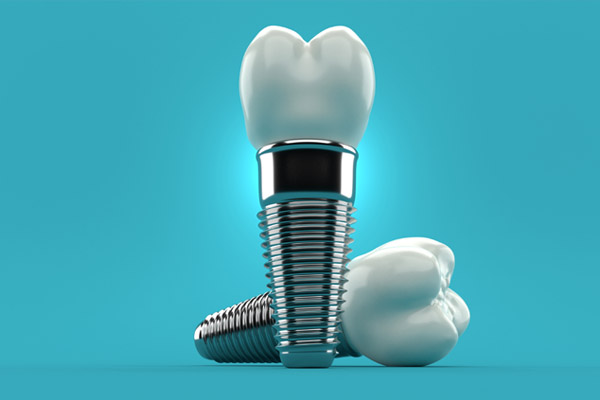3 Common Endodontic Procedures

People who need to save one or more of their teeth may require procedures in endodontics. This area of dentistry focuses on the dental pulp, treating infections, diseases, and damage to the insides of teeth.
Typical procedures performed in endodontics
Teeth consist of the harder outer enamel and the softer tissue inside, known as the dental pulp, including the nerves and blood vessels that root the tooth in the jaw. Injuries and infections to the teeth can affect the pulp, causing issues that can eventually lead to lost teeth. Endodontics involves a variety of procedures that range from simple treatments to more complex treatments that take several hours, designed to save teeth from extraction.
1. Root canals
The root canal is the most common treatment under the endodontics umbrella. Typically, a root canal is performed to save a tooth that otherwise would need to be removed. The treatment is useful for removing inflamed or infected tooth pulp, cleansing the cavities or fractures that are causing the pain and infection, and then filling the spaces in to prevent further infection or damage to the tooth. People who have tooth sensitivity, discoloration of a tooth, swelling in the gums, or recurring throbbing pain may need to undergo a root canal. This common dental treatment is typically complete in a single appointment.
2. Treatment for cracked teeth
"Cracked teeth" tends to be an all-encompassing term. In reality, there are several different situations that fall into this section of endodontics. A dental professional can examine the tooth to determine which category it falls into and decide what course of treatment to use. Cracked teeth can include vertical root fractures, a split tooth, fractured cusps, and craze lines. Without treatment of these situations, bacteria can enter the pulp and the patient may lose the tooth. Treatment may include a crown, a filling, or endodontic surgery. In some cases, extraction may be the only option.
3. Apicoectomy
An apicoectomy is sometimes necessary to save a tooth that is too damaged to benefit from a traditional root canal. During this procedure, an incision is made in the gum tissue to view the bone underneath. Then, near the tip of the exposed root and infected area, a tiny opening is made in the bone. From there, the dentist can remove infected tissue, clean the tip of the root, and seal it with a filling. Finally, sutures are applied to hold the gum tissue back in its original position during the healing process. Typically, an apicoectomy is a two-appointment procedure. The second appointment is necessary to remove any remaining sutures and ensure everything is healed correctly.
Conclusion
Maintaining oral health and ensuring your teeth are strong and healthy is essential not only for chewing, speaking, and even for breathing properly but also for your confidence in your smile and your overall appearance. Contact your dentist to learn if endodontics treatments may be necessary for your dental problems.
Request an appointment here: https://www.grandvalleydentistry.com or call Grand Valley Dentistry at (616) 259-6046 for an appointment in our Allendale Charter Twp office.
Check out what others are saying about our dental services on Yelp: Endodontics in Allendale Charter Twp, MI.
Recent Posts
Seeing a preventive dentist can help keep your teeth and gums healthy. Prevention is always better than extensive treatments, especially when it comes to dental health. This provider can perform treatments that can keep dental problems at bay. Here are some of the benefits that you can enjoy from visiting a preventive dentist for regular…
When it comes to preventive dental care, the approach is two-fold. First, it involves going to the dentist for regular checkups and performing any recommended follow-up treatment. Second, good oral health habits are crucial for keeping the body in good working order. For people living with chronic conditions such as diabetes and osteoporosis, keeping up…
If you have a broken tooth, it may not necessarily be a dental emergency. In the absence of pain, excessive bleeding, or a tooth that is knocked out completely, you can schedule an appointment at your convenience and do not need to see the dentist immediately. In most cases, broken teeth can be caused by an…
Patients who are dealing with severe dental issues may think they should go to the ER for emergency dental care. This, however, is often ill-advised, as it may not be helpful in providing the proper treatments needed and can result in other problems arising.The following are a couple of reasons why patients should not go…


